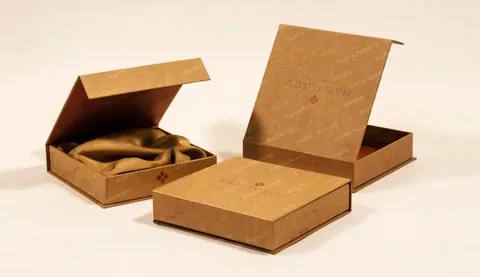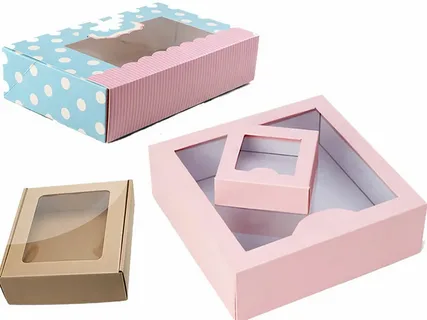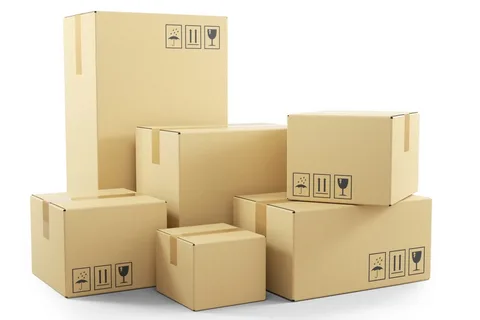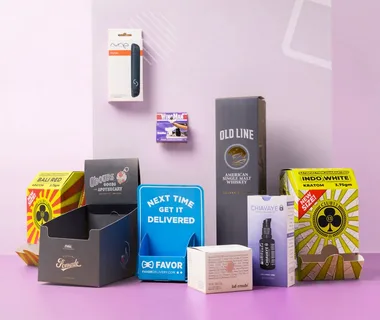Packaging plays a crucial role in preserving the freshness of products, enhancing their appeal, and ensuring efficient handling throughout the supply chain. When it comes to packing perishable products like fruits and vegetables, including corn, the right packaging is essential. A well-designed Fruit Corn Packaging Box not only protects the produce but also makes the product more attractive to buyers, ensuring better sales. In this guide, we will walk you through the essential steps to set up a Fruit Corn Box effectively.
Step 1: Understand the Purpose of Packaging
Before diving into the setup process, it’s important to understand the purpose of packaging. For fruit corn, the packaging box needs to serve multiple functions:
- Protection: It ensures the corn cobs are safe from external damage during transportation and handling.
- Freshness: It helps maintain the moisture level of the corn, ensuring it stays fresh for a longer period.
- Attractiveness: Packaging also plays a role in attracting customers, especially if you are selling to supermarkets or retail outlets. A visually appealing package can make a big difference.
- Environmental Consideration: Eco-friendly packaging is becoming increasingly important. Opting for recyclable or biodegradable materials for the box helps in reducing environmental impact.
Step 2: Choose the Right Materials for the Packaging Box
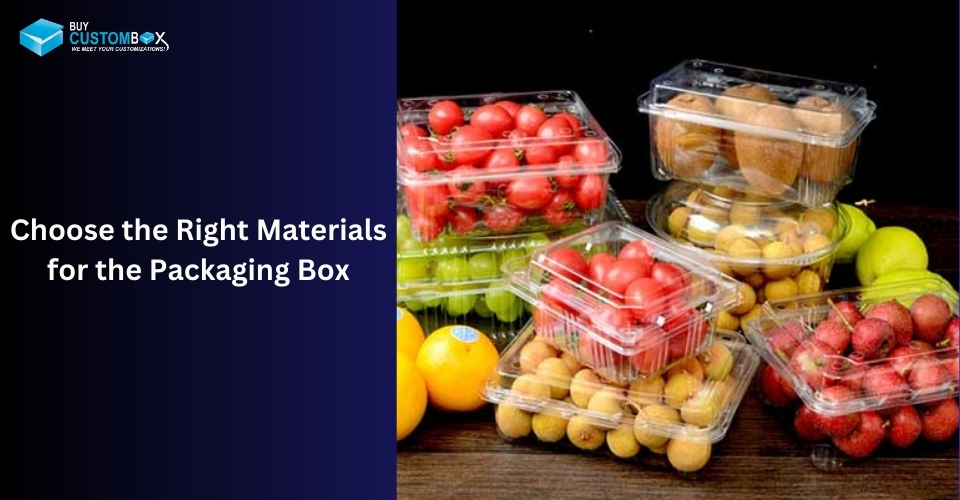
The first step in setting up your fruit corn packaging box is to select the appropriate materials. The choice of material depends on several factors, including durability, cost, and environmental impact. Some common materials used for packaging fruit and vegetables include:
- Cardboard: Corrugated cardboard is a popular choice due to its strength and durability. It is lightweight, easy to print on, and offers a reasonable level of protection.
- Plastic: While not the most eco-friendly option, plastic is sometimes used due to its ability to retain moisture and protect produce. It’s often used for shrink-wrapping or as a liner inside a box.
- Wood: Wooden crates or boxes are typically used for bulkier products or higher-end sales but can be more expensive. However, they provide superior protection and a rustic aesthetic.
- Biodegradable or Plant-Based Materials: With an increasing focus on sustainability, many businesses opt for plant-based packaging, such as paperboard or molded pulp, which are biodegradable and compostable.
The material should be breathable to allow air circulation, which helps in reducing the buildup of moisture and prevents mold or rot. Additionally, ensure the material can withstand the weight and size of the corn cobs without breaking.
Step 3: Determine the Size of the Packaging Box
The next step is determining the appropriate size of the packaging box. The box should be large enough to accommodate the corn without squeezing it too tightly, as this can lead to bruising or damage. However, it should not be too big, as excessive empty space may cause the corn to shift during transit, leading to possible breakage or spoilage.
When measuring the size of the box, consider the following:
- Corn Cob Dimensions: Ensure the box is the right size to house the corn securely. Measure the average size of the corn cobs you plan to pack.
- Quantity: Determine how many corn cobs will go into each box. A standard practice for packaging corn is around 12-15 cobs per box, depending on their size.
- Layering: If you plan to stack the corn, make sure the box can accommodate multiple layers without compressing the produce.
Use a packaging design tool or template to decide on the optimal box size based on your corn cob quantity and size.
Step 4: Design the Packaging Box
Once you’ve settled on the material and size, it’s time to design the packaging box. The design should meet both functional and aesthetic requirements. Here are some aspects to consider during the design phase:
- Branding and Labeling: If you are selling corn under a brand name, ensure that your logo, product name, and other relevant information (such as origin, weight, and storage instructions) are clearly visible. This not only helps customers identify the product but also builds brand recognition.
- Ventilation: Corn needs air circulation to stay fresh, so include ventilation holes or slots in the box design. These help reduce moisture buildup and ensure the corn remains dry and fresh for a longer period.
- Strength and Durability: The box should be designed to hold up during transport. Reinforce the corners and edges, and ensure the box can handle the weight of the corn without tearing or collapsing.
- Easy Opening: Include a flap or easy-to-open mechanism on the box for convenient handling at the retail level. A box that is too difficult to open may be a deterrent to buyers.
- Stackability: If the boxes will be stacked, ensure the design allows for secure stacking. This can be achieved with flaps or indentations that allow one box to fit securely on top of another.
Step 5: Prepare the Packaging Assembly Line
After finalizing the box material, size, and design, it’s time to set up the packaging assembly line. This involves preparing the workspace and tools needed to efficiently pack the corn into the boxes. Here’s what you need to consider:
- Work Area: Ensure that the workspace is clean and free of contaminants. Since corn is a food product, hygiene is paramount to prevent contamination.
- Packaging Tools: You will need tools like box tape dispensers, staplers (for securing the box flaps), and scissors to cut the materials if necessary.
- Manual or Automated Packing: Depending on your scale of operations, decide whether you will pack the boxes manually or use an automated system. Automated packaging lines are faster and more efficient for high-volume packing, while manual packing might be better for smaller operations.
- Quality Control: Establish a system for quality control. This may involve checking the corn for damage before packing, inspecting the condition of the packaging, and ensuring proper labeling.
Step 6: Pack the Corn into the Box
When it comes time to pack the corn, the key is to handle it gently to avoid damage. Here’s how to do it properly:
- Inspection: Before placing corn in the packaging box, inspect each cob for quality. Remove any damaged or overripe corn to ensure only the best product is packaged.
- Layering: Place the corn cobs neatly in layers, ensuring they fit snugly but not too tightly. You can use a layer of soft paper or mesh to prevent the corn from rubbing against the box or against each other.
- Sealing: Once all the corn is packed into the box, securely seal the box using tape, staples, or another appropriate sealing method. Ensure that the box is tightly sealed to prevent it from opening during transport.
Step 7: Label the Box and Prepare for Shipping

The final step is to label the box and prepare it for shipping. Each box should have:
- Product Information: This includes the product name (e.g., “Fresh Sweet Corn”), weight, and any specific storage or handling instructions.
- Branding: Your company’s logo and contact details should be visible.
- Barcodes/QR Codes: These are helpful for inventory tracking and can speed up the retail process.
Once labeled, the boxes are ready to be shipped to retail stores, wholesalers, or directly to customers. Proper handling and storage during the shipping process will ensure the corn reaches its destination fresh and intact.
Why Choose Custom Box?
At Custom Box, we specialize in providing tailored packaging solutions that perfectly meet your unique needs. Whether you’re a business looking to create branded packaging that stands out or an individual seeking a personalized touch for your products, we ensure top-quality materials, innovative designs, and precise craftsmanship.
Our team works closely with you to understand your vision, offering flexibility and customization options to match your exact requirements. With fast turnaround times, cost-effective solutions, and a commitment to sustainability, Custom Box is your go-to partner for all your packaging needs, helping you make a lasting impression and ensure your products are safely delivered in style.
Conclusion
Setting up a Fruit Corn Box requires careful attention to material selection, size, design, and the packing process. By following the steps outlined above, you can ensure that your packaging is both functional and attractive, maintaining the freshness and integrity of the corn while also presenting it in an appealing way to customers. With the right packaging, your corn can reach its destination safely, increasing the likelihood of customer satisfaction and repeat sales.



